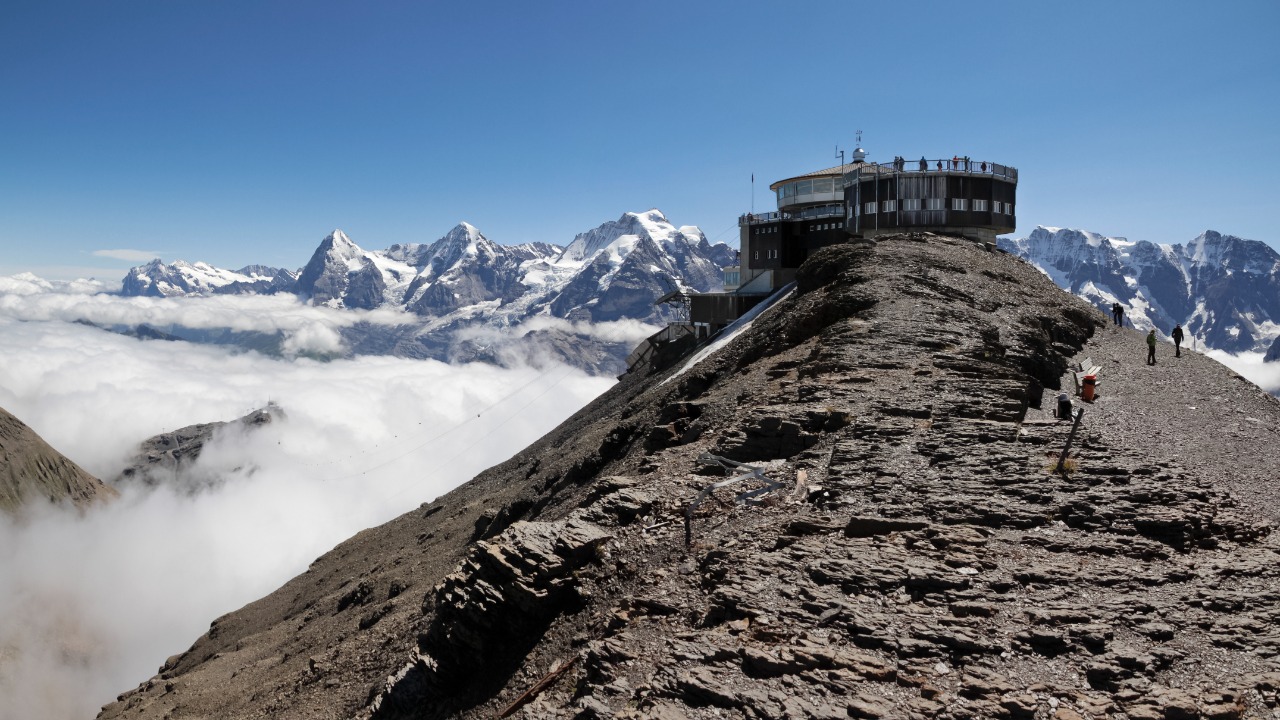
Archaeologists have recently unearthed a 2,000-year-old Roman military camp, nestled high in the Swiss Alps at an altitude of over 7,000 feet. Initially mistaken for an ancient Roman dwelling, this remarkable find serves as a testament to the far-reaching influence and strategic acumen of the Roman Empire, offering a new perspective on their military operations in the region.
Discovery Process
The journey to this discovery began with archaeologists conducting initial surveys in the Swiss Alps. The site’s features were initially believed to be remnants of an ancient Roman home. However, as the excavation progressed, the true nature of the site as a military camp began to emerge. This revelation was hailed as a “sensational discovery“, not only due to the site’s historical significance but also its remote and elevated location that had kept it hidden for centuries.
Uncovering the camp’s origins required detailed mapping and analysis. The archaeologists’ efforts confirmed its Roman roots and shed light on the broader military strategies employed by the Romans in the Alps.
Location and Elevation
The camp’s strategic location in the Swiss Alps, at an altitude exceeding 7,000 feet, provided the Romans with a significant high-ground advantage. Its proximity to a historic Alps battlefield further underscores its role in overseeing key conflict zones during Roman campaigns. The harsh mountainous terrain of Switzerland contributed to the site’s concealment, making it inaccessible until the advent of modern archaeological techniques.
It’s worth noting that the camp’s location wasn’t chosen arbitrarily. The Romans, known for their strategic prowess, would have selected this site for its vantage point, allowing them to monitor and respond to threats from an elevated position. This discovery provides a glimpse into the Romans’ high-altitude warfare strategies, which until now, have largely been overlooked.
Historical Context
The camp dates back 2,000 years, aligning with the period of Roman military expansions into Alpine regions for control and defense. It served as a vantage spot during battles, allowing the Romans to monitor and respond to threats from elevated positions. This structure reflects standard Roman army tactics adapted to high-altitude environments in the Swiss Alps.
The Romans’ ability to establish and maintain a military camp at such a high altitude demonstrates their exceptional logistical capabilities. It also provides fresh insights into how the Romans maintained control over challenging landscapes, further cementing their reputation as one of history’s most formidable military powers.
Archaeological Evidence
The excavation process uncovered remnants typical of Roman military installations. These included defensive features suited for a 7,000-foot-high camp, artifacts, and structural layouts that confirm its use as a temporary base near the historic Alps battlefield. The “initial assessments” only scratched the surface, hinting at the potential for more extensive Roman activity beneath.
These findings not only validate the site’s military purpose but also provide tangible evidence of the Romans’ ability to adapt their standard military tactics to diverse and challenging environments. The artifacts and structural layouts discovered at the site offer a unique window into the past, revealing the Romans’ day-to-day life and operations at this high-altitude military camp.
Significance of the Find
The discovery of this hidden camp reshapes our understanding of Roman logistics in extreme terrains like the Swiss Alps. It highlights overlooked high-altitude strategies in ancient warfare, connecting to broader battles in the region. As a 2,000-year-old site, it provides fresh insights into how Romans maintained control over challenging landscapes.
Moreover, this discovery underscores the importance of archaeological research in shedding light on the complexities of ancient civilizations. It serves as a reminder that there is still much to learn about the Roman Empire and its military strategies. As we continue to unearth and analyze these historical treasures, we gain a deeper understanding of our shared past and the civilizations that have shaped the world we live in today.
More from MorningOverview